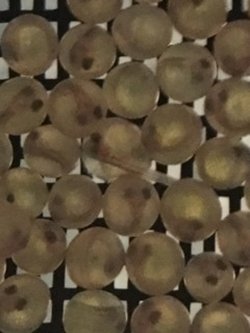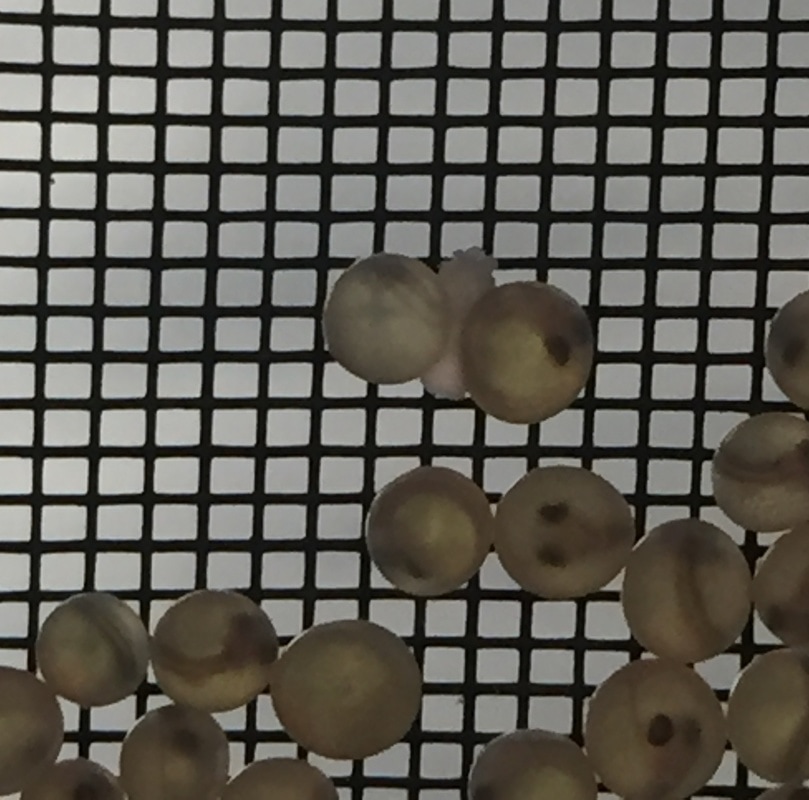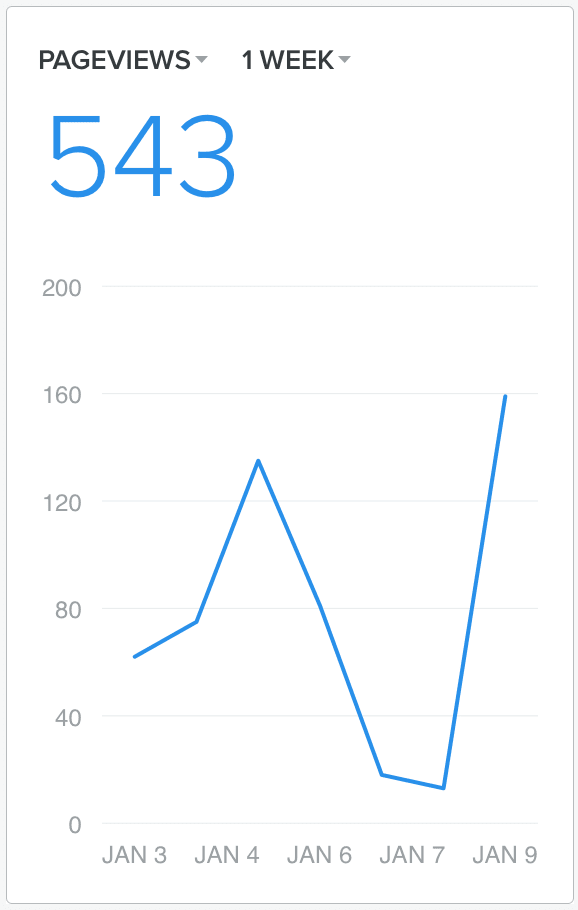|
Whew!! Hundreds of miles and dozens of volunteers later, before kids left school on Friday, January 6, most of Vermont's TIC schools had their eggs. In southwest Vermont alone, eight of us delivered 3,150 eggs to 17 classrooms. It was great fun! Here are some pictures of that day (but I hope I can add more shortly. Send them in). Egg origin story Here are some facts about the eggs you received:
Weird eggs, early hatching, and fungus In one early report relayed by Addison County TIC volunteer Doug Zehner, Melissa Muzzy, of Vergennes Union HS, wondered whether this photo was of a set of Siamese twins. I'm not sure, but when I zoomed in on the conjoined pair of eggs, I though it looked like it might be two fairly normal eggs connected by fungus.  Lisa Marks, of Ludlow ES, had what may have been the first hatchling of 2017. Here is a picture of her new baby. See the tail poking out in the center of the picture? By the way, whenever an egg hatches, the shell is left behind. This should be removed using a pippette or turkey baster. When Bob Wible asked Jeremy about such an early hatch, here's what Jeremy said:
An egg hatching at 40-41 DI is not uncommon. You will see some early hatching. When the DI hits 58, we would expect 100% to be hatched, but some will start hatching much sooner than that. Along with looking for and removing dead eggs, you should also vigilant about fungus. When I delivered eggs to Fair Haven Grade School on Friday, it appeared to me that four eggs had little patches of fungus on them. I told teacher Amy Wright that I didn't think these had to be removed immediately, but I suggested that she monitor those eggs. Should the fungus grow or spread, then the eggs should be removed. Keep track of data! At this point in the TIC cycle, you or your students should be entering data into two spreadsheets every day:You'll no longer need to use the first of these once your fry are feeding, but the second should be used right up to Release Day. Web site statistics This past week, our Web site received its most traffic ever. Here's a chart of the "pageviews" for the week. (These were generated by 114 unique visitors.)
0 Comments
Leave a Reply. |
Joe Mark, Lead Facilitator, Vermont Trout in the Classroom
In June 2012, I retired after 40 years in higher education, having spent the last 32 years of my career as dean at Castleton. One of the first things I volunteered to do in retirement was to work with Jim Mirenda to help the Dorset School, where his kids and my Vermont grandkids attend, start a TIC program. Gradually that commitment grew into my current role, which is both demanding and highly rewarding. Archives
June 2017
Categories |






 RSS Feed
RSS Feed
